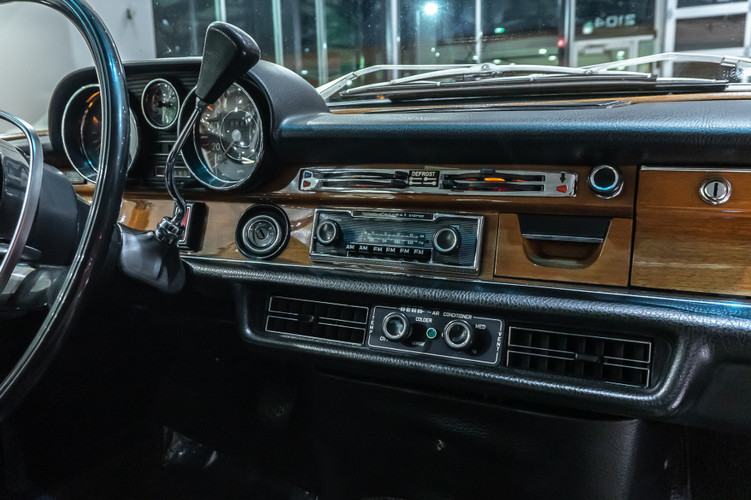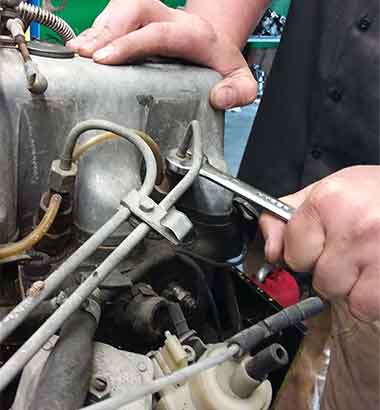Keeping Your Cool: A Brief History Of Car AC
Posted by Cassy Leone on Aug 26th 2022
Keeping Your Cool: A Brief History Of Car AC
By: Cassy Leone
Being stuck in a car without air conditioning can be awful! It might not be so bad if you have windows down and are driving at a decent clip, but when you hit that first stoplight, things change. There’s no airflow, no way to move the hot air that seems to cling to you. The light feels like it takes forever to turn green and time starts to melt along with you. At that point you’d do anything to feel the slightest bit cooler!
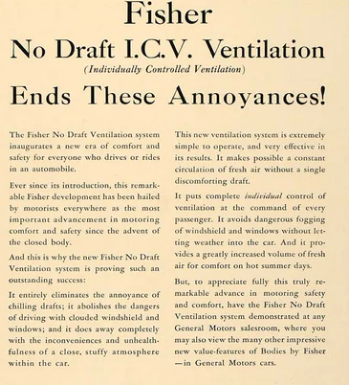
We’ve all been there, and for decades that’s what driving in hot weather was like. Even in a luxurious Mercedes-Benz, you rolled down a window and made the best of it. If you were lucky, you might be in a car with a pop out window or even a lever that you could yank under the dash that would open a scoop to ram air into the cabin. As technology improved, the Fisher Body Company created the No-Draft Ventilation system in 1932. This used the high pressure air entering the car just below the windshield, and low pressure air moving outside the body as it drove to draw air outside the cabin without ever having the windows down. All cars use this same basic idea today.
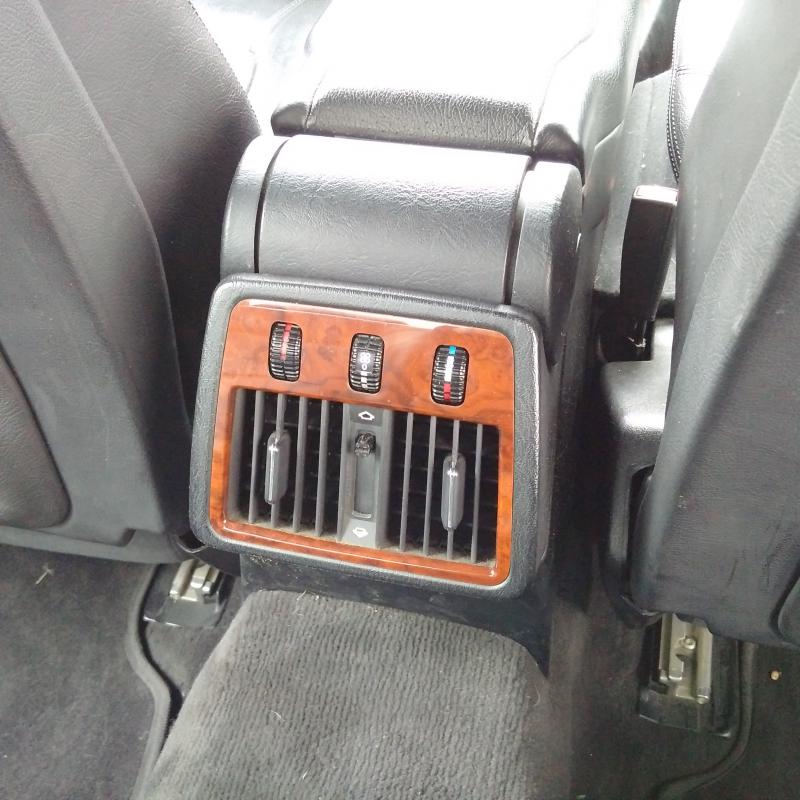
It blows the mind to think that in just that in just approximately sixty years from the time No-Draft was invented, German automaker BMW would come up with dual zone climate control and that Mercedes would offer the first of that system with digital controls on the 1991 W140 S-Class. The 400SEL of that same generation was the first to offer quad zone climate control, with a separate air conditioning system for the front and back of the car, allowing every passenger to dial in their exact temperature.
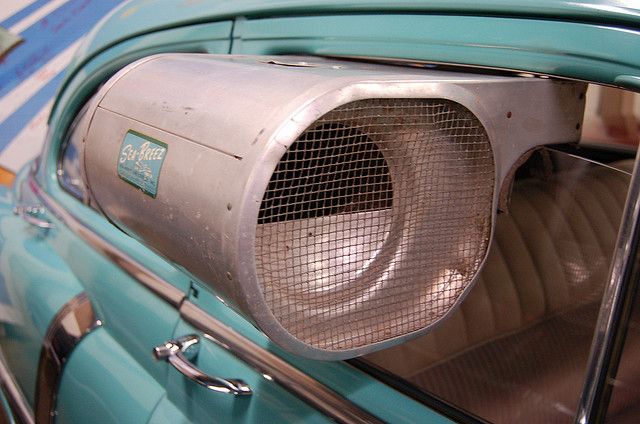
While very important, No-Draft and lowered windows only work while the car is in motion. There were various methods that tried to get around this, such as small electric or vacuum-operated fans mounted near the driver. Some of these could be used to help clear a fogged windshield, and the ability to do this would become a feature on cars in their own right some time later. One of the more extreme yet effective examples would be to hang a swamp cooler off the side of your car. The fancier of these units would include a fan to blow air while the car wasn’t in motion. In some cases you could park a cooler right on the transmission tunnel or in the trunk. These were a step towards the A/C that we know and love today, but naturally we had a ways to go before the technology came into its own.
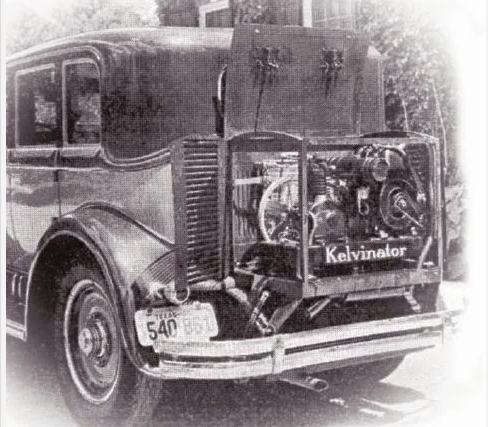
We have John Hammond Jr. to look at as the first owner of a truly “air conditioned” car we would imagine today. Kelvinator Commercial Refrigeration built this Houston native his own one-off system mounted on the back of his car in order to help Mr. Hammond deal with his severe allergies. It took up the entire trunk area and ran off its own small engine. While little is known about it beyond the picture above, we do know that it was first tested around 1933.
Automakers at the time wanted to offer refrigerated cars of their own, but due to technological limits, ran into some difficulties. The size of the components needed to be small enough to fit within the body of a car, efficient enough to run off a car’s engine, and most importantly… not kill the occupants! Refrigerants used at that time were known to be flammable, toxic, or both, and were not the type of thing anyone wanted around in the event of a collision.
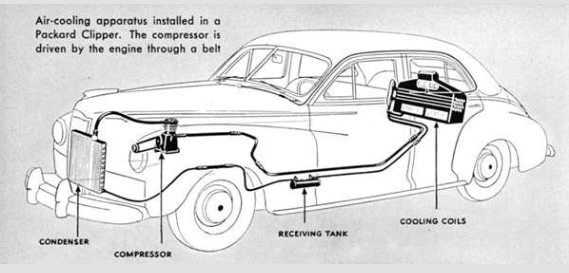
GM and Dupont were the first to develop what would be the standard of air conditioning systems for decades to come–Freon, better known as R-12. With that chemical in popular usage for refrigeration systems, it was actually Packard who offered the first car to come with AC as a factory option, after the Great Depression.
If a buyer ordered an air conditioning system (a very expensive option), their car would be shipped to Bishop And Babcock in Ohio to have it installed. The B&B unit, as it came to be known, was an odd thing. Like modern cars, its compressor was driven by the engine and the condenser was located ahead of the radiator. Very much unlike modern cars however, the blower and evaporator mounted in the trunk. Other American luxury car makers followed suit, with the likes of Cadillac, Chrysler, and Lincoln to offer the same.
The B&B system was a step in the right direction, though it was far from what we have today. Due to the location of the blower, rear passengers would get a constant stream of cold air at the back of their necks and very little of that cool air actually made it to the front of the car. It was also a system that couldn’t be completely turned off; the compressor was always running, because at the time the electromagnetic clutch used in modern compressors had yet to be invented. Given these issues, few cars were ordered with the B&B unit. The Second World War quickly put a stop to the development of the technology for a time.
After the war, American consumers were buying cars as fast as any automaker could build them. Air Conditioning wasn’t needed as a selling point to move units. The technology was complicated, and with most US automakers being based in places like Detroit and Kenosha in the north, having year-round cooling in cars wasn’t worth the hassle of creating a whole new division to support it.
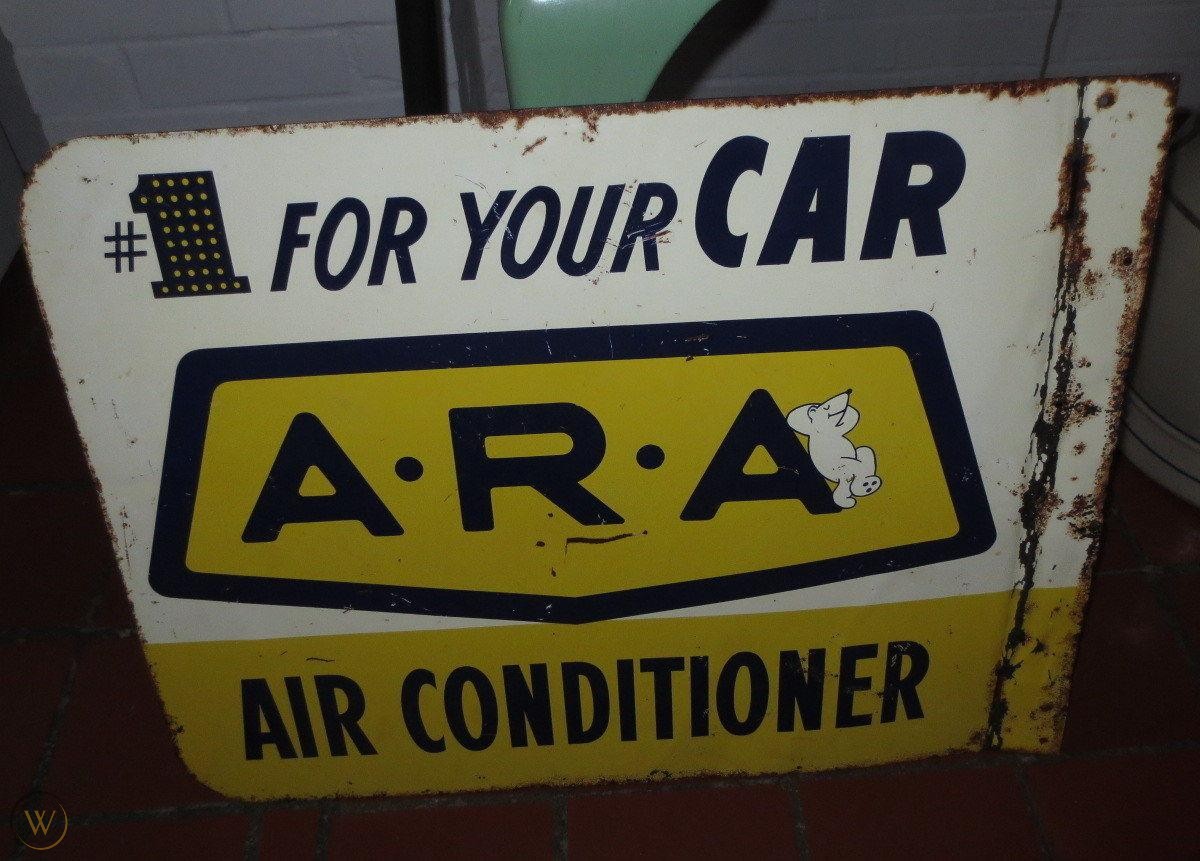
This brings us to my hometown of Fort Worth, Texas. It was there in the late 1950’s that “Obie” Leonard hit upon an interesting idea. He was co-owner of Leonard Brothers Department store and had a late-model Packard with factory air conditioning. Frustrated that new cars weren’t coming out with AC as an option and living in a place as hot as Texas, he started to build, sell, and install his own Air Conditioning systems under the name ARA.
At the start, the AC units that he installed were just like the B&B units, and while they weren’t great, they also meant that any car with the trunk space and a rear shelf could suddenly have an AC system in it for the first time. As the industry grew, technology improved, and other Texas-based aftermarket AC makers popped up in the years to come. In the late 60’s, automakers began to offer their cars with factory air conditioning once again, using the improved under dash system developed by smaller aftermarket companies.
Not unexpectedly, the first Mercedes-Benz with Air Conditioning as a factory option was the W100 limousine in 1965 , followed by the W108 and W115 in 1968.
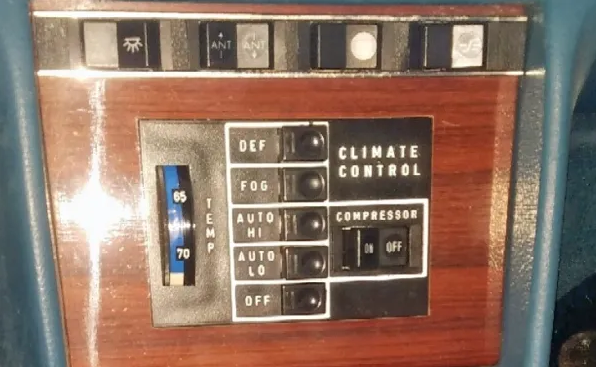
Since American automakers were leading the technological development of AC systems, during the 1970’s many European automakers relied on American made parts for their AC systems, pulling different components from different companies. An example seen above in a Mercedes of the time is that the control system was a Chrysler unit, but the compressor under the hood was made by General Motors.

Into the 1980’s, AC became more and more common in passenger cars. Luxury ones were expected to have it, mid-range ones could be optioned with it, and all but the cheapest would go without. My last car to have no AC whatsoever was a 1985 Ford Escort Pony.
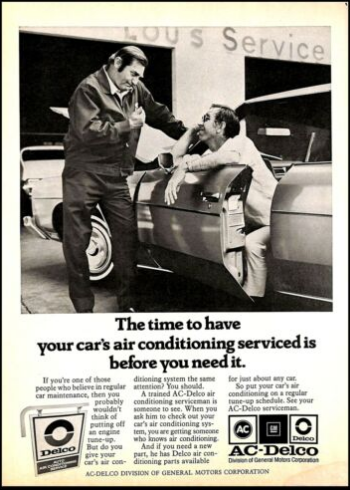
There was a time when not even the most expensive cars in the world offered a way to keep passengers cool. The ability to sit down in your car, turn it on during the hottest days, hit a single switch, and be greeted with a blast of cold air was a pipe dream for the longest time. Something once seen as far too complicated for any automaker is now the stuff of child's play with all the kinks worked out. The technology went through an odyssey of different automakers, new companies trying out new ways to achieve the seemingly simple goal we all enjoy today. I say it a lot in the articles I write, but I’ll say it again. The next time you go to reach for that AC knob, remember everything it took to get it there in the first place.

